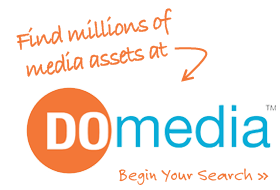Relations between the advertising industry and the government can be tricky. The government controls what is allowed to be advertised and how. And advertisers and industries have to try to keep up with regulations. Occasionally, new regulations can shake up an entire industry. This happened three times for tobacco companies, in 1966, 1972, and 1997.
Initially, the Cigarette Labeling and Advertising Act of 1966 required all cigarette packaging and advertisements to have a clear warning label that smoking was dangerous for consumers’ health. At the time, it was not yet widely accepted that smoking was a health hazard, and it marred the image that cigarette companies were trying to portray of happy, healthy, sexy adults as those who smoked. From then on, a bright warning sign adorned the sleek design tobacco companies packaged their products in.
In 1972, the Public Health Cigarette Smoking Act banned the advertisement of cigarettes on television and radio— then the primary methods of advertisement. This forced tobacco companies to rely on print and billboard advertising, limiting their reach.
The strongest move came in 1997 with the passing of the Tobacco Master Settlement Agreement. It banned outdoor and transportation cigarette advertisement in 46 states. With TV, radio and outdoor advertising all banned, tobacco companies are really only left with print. It also prohibited techniques for advertising to young people (such as use of cartoons).
The question of free speech is raised when it comes to regulation of ads. It’s clear to most that smoking deteriorates a person’s health. The government is simply trying to ensure the wellbeing of its citizens. However, at what point is it a violation of free speech? In Canada, when similar questions were raised, it resulted in a lawsuit that all the way up to their Supreme Court. The district court ruled in favor of the tobacco companies, saying that such limitations violated free speech rights, but the Supreme Court ruled that the laws were within legal bounds. It’s a very murky grey area with no solid line to determine where free speech can be limited to protect citizens.
Similar questions continue to be raised in various industries today. Navigating government advertising regulations can be a confusing process. Associations like the OAAA and 4A’s help advertisers and media companies decipher legislation.
DOmedia is proud to support the OAAA and other industry groups which help the industry do what it does best: focus on strategy and creativity.






